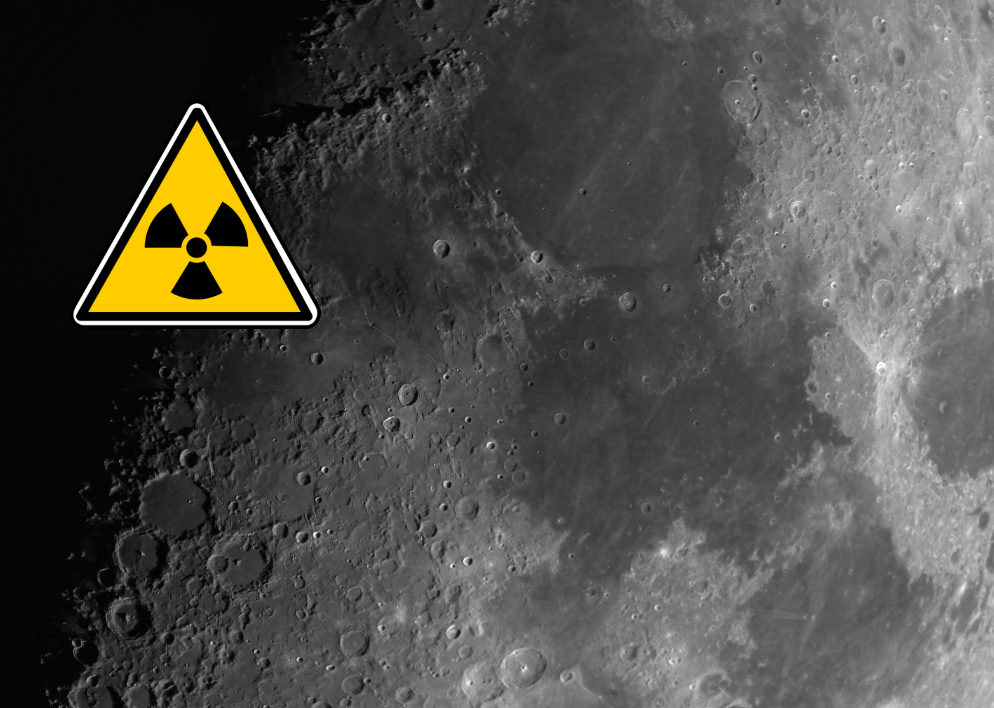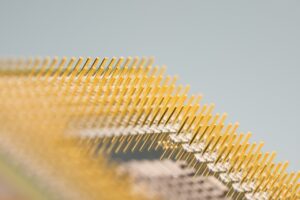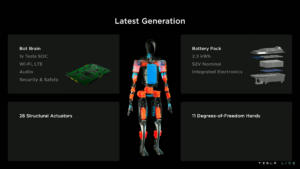
Washington D.C. (USA). NASA wants to build a permanent base on the moon in the coming years. Now the US space agency has published an appeal according to which a system for generating energy through nuclear power is to be achieved on the moon. Companies that want to submit concepts for a nuclear power plant on the earth’s satellite can now contact NASA.
NASA put the project out together with the Idaho National Laboratory, a research facility of the American Department of Energy. According to the information available, the authorities plan to build a sun-independent energy source on the moon by 2030, which will supply the lunar base and future lunar missions with electricity.
“Providing a reliable high-performance energy system on the moon is a crucial next step in human space exploration and is within our grasp,” explains Sebastian Corbisiero, head of the Fission Surface Power Project at the Idaho National Laboratory. “Plenty of energy will be the key to future space exploration,” explains NASA’s Jim Reuter Mission Directorate to Space Technology magazine. “I expect that nuclear fission will greatly benefit our energy supply plans for the moon and Mars and even drive innovations for applications here on earth,” said Reuter.
Only American companies can apply for the project. They have until mid-February 2022 to submit their first system design. The concepts must meet a number of conditions, including the operational readiness on the moon in ten years at the latest. In addition, it must be possible to operate the nuclear power plant autonomously on the deck of a rover or a lunar module. The reactor must run on uranium and have an output of at least 40 kilowatts. This corresponds roughly to the electricity needs of 30 households.
The project specification and more details can be found here: https://sam.gov/opp/f2610d99cf174e959eede4b170d86e2d/view







Puzzled… why nuclear and not solar. No atmosphere to interdict solar energy. I’m presuming it’s a size vs. power delivered balance. A small scale nuclear plant would deliver more energy per cubic meter of hardware than a same-size solar array. Looking for thoughts
Thanks